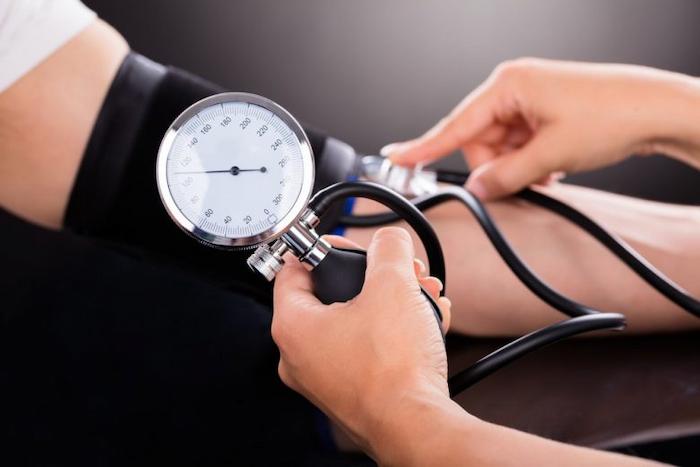Hypotension: What It Is, Causes, Symptoms, Treatment
Hypotension, or low blood pressure, is a medical condition that affects many people around the world. It is a condition that occurs when the systolic blood pressure (top number) is below 90 mmHg and the diastolic blood pressure (bottom number) is below 60 mmHg. Despite being common in some people, many still don’t know much about hypotension and its health effects.
Hypotension can be caused by a variety of factors, including dehydration, sudden blood loss, medications and heart problems. If not treated properly, hypotension can lead to serious complications such as heart failure, myocardial infarction and stroke. Therefore, it is important to better understand this medical condition and know how to recognize the symptoms.
In this article, we’ll explore what hypotension is, what are its causes and symptoms, when low blood pressure can be dangerous, what to do when blood pressure is low, and what is the treatment for this medical condition. By the end of this text, you will have a better understanding of hypotension and be better prepared to deal with it if necessary.
What is Hypotension and its Causes?
Hypotension is a medical condition in which blood pressure is abnormally low. This can be caused by a variety of factors, including dehydration, sudden blood loss, medications and heart problems.
Some medications can lead to hypotension, such as diuretics, antidepressants, antipsychotics, and hypertension medications. Heart problems such as arrhythmia, heart failure, and valve disease can also cause low blood pressure.
Read too:
– Apps to measure average blood pressure on Smartphone, Samsung Galaxy Watch and Apple Watch
– Hypertension: What it is, Causes, Symptoms, Treatment
What are the signs of hypotension?
Hypotension can have a variety of signs and symptoms, which vary from person to person. Some of the most common signs include:

- Dizziness or feeling faint
- Cloudy or blurry vision
- Feeling weak or tired
- nausea or vomiting
- Mental confusion or difficulty thinking clearly
- feeling of disorientation
- Palpitations or irregular heartbeats
- excessive sweating
- pale and cold skin
In severe cases, other more serious signs and symptoms may arise, such as:
- Shortness of breath or difficulty breathing
- Chest pain
- Fainting or loss of consciousness
- seizures
When is low blood pressure dangerous?
Low blood pressure can be dangerous under certain circumstances, such as during surgery, when there is sudden blood loss, or in case of a severe allergic reaction. In some cases, low blood pressure can lead to serious complications such as heart failure, myocardial infarction and stroke.
What should you do when the pressure is low?
If you experience symptoms of hypotension , such as dizziness or weakness, it’s important to seek medical attention right away. If there are no symptoms but you know your blood pressure is low, it may be helpful to drink water or juices rich in electrolytes to help raise your blood pressure.
It is important to avoid standing for long periods of time and to change positions slowly to avoid dizziness and fainting.
What treatment for Hypotension?
If hypotension is caused by a drug, the doctor will adjust the dose or switch to another drug. If it was caused by heart problems, the doctor will prescribe medication to treat the underlying condition. In severe cases, hospitalization for treatment with intravenous fluids and blood pressure monitoring may be required.



Deixe um comentário